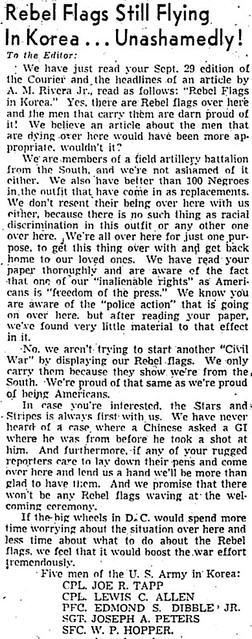
Via Dr. Young Suh Kim.
The corner of Forbes and Meyran Aves. in Oakland still doesn't have its noodle place---the Asian Noodle Bar has been "coming soon" since November 2014---but that spot was the home of a long-running Chinese restaurant for more than 50 years. Bamboo Garden occuped 3531 Forbes Ave. from July 22, 1935 to the 1980s and advertised Chow Mein and Chop Suey to appeal to American tastes. According to 2005 a letter published in the Pittsburgh Tribune-Review, it was the favorite restaurant of Dr. Jonas Salk.

















